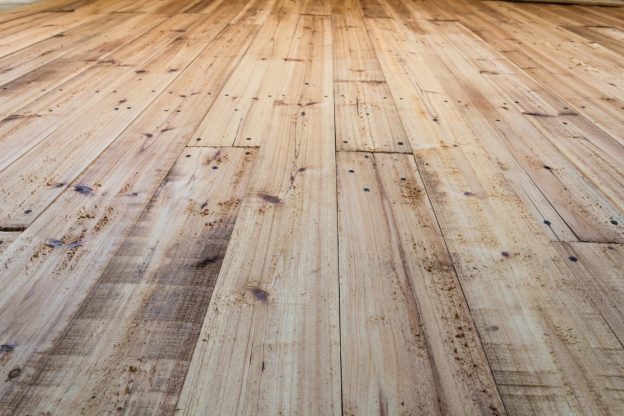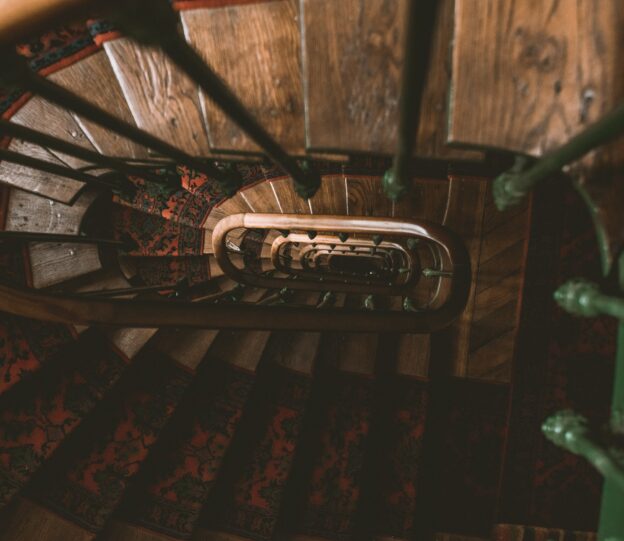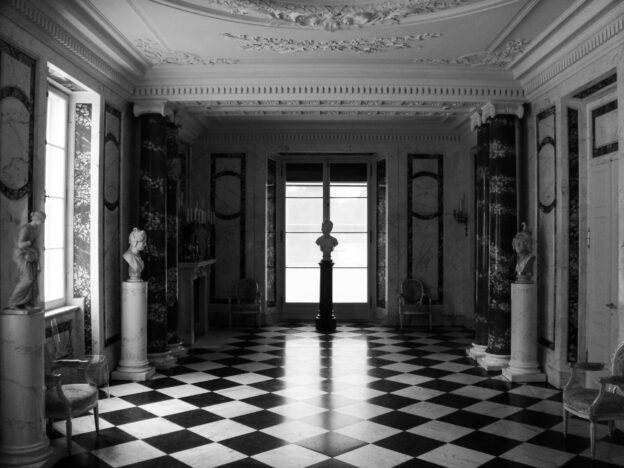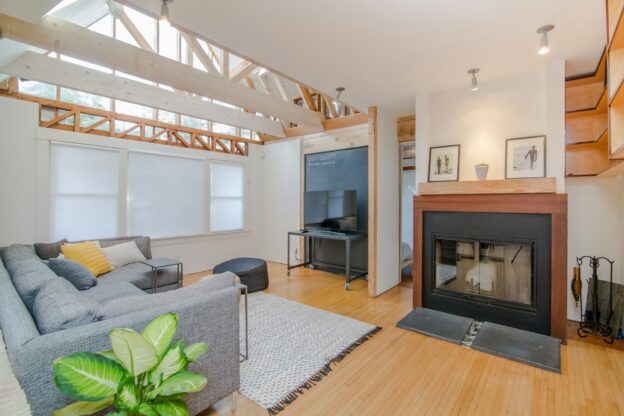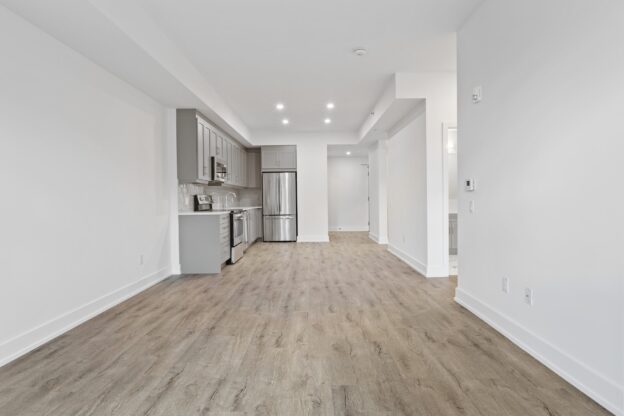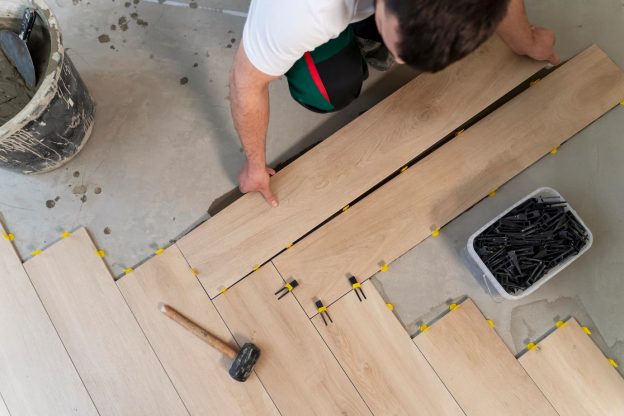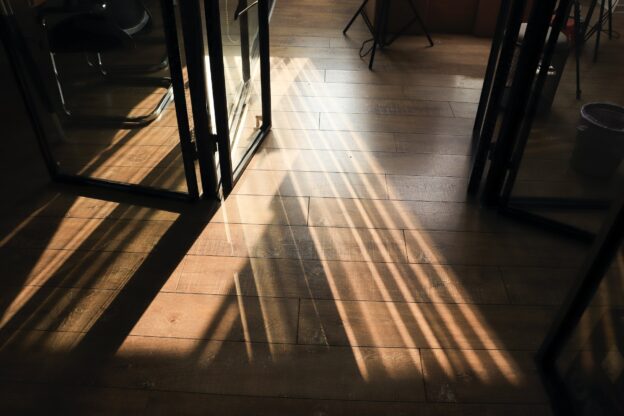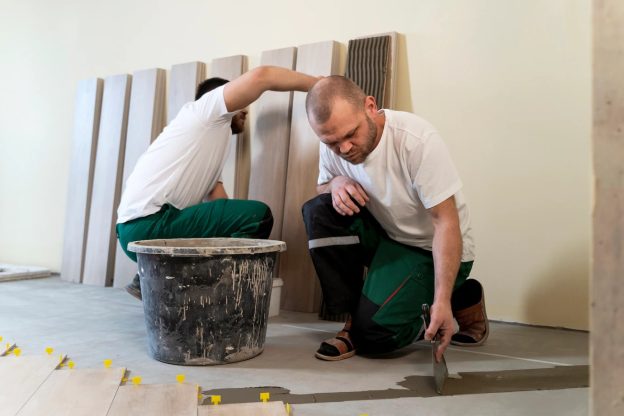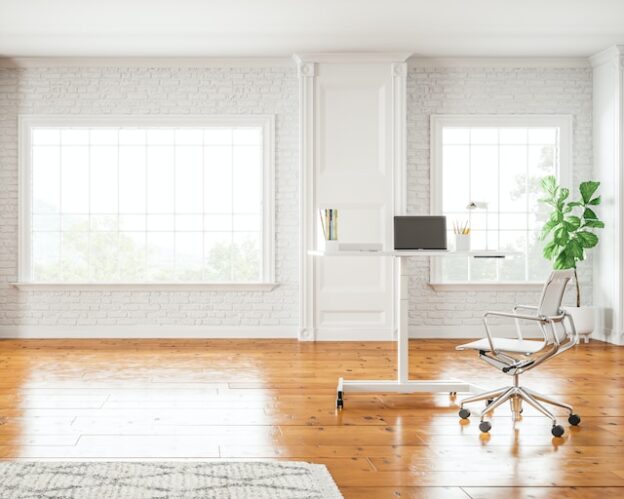When upgrading your home, few things make as significant an impact as the flooring. Hardwood floors add warmth and elegance to a space and increase its value. However, with so many options available, choosing the perfect hardwood flooring can feel daunting. Here are six essential tips to consider to help you make the right decision for your living space.
1. Consider Your Lifestyle and Needs
Before buying hardwood flooring, evaluate your lifestyle and your household’s specific needs. Do you have pets or young children? Are you looking for flooring that can withstand heavy foot traffic? Understanding these factors will guide you toward the most suitable hardwood option. For instance, consider harder wood species like oak or maple if durability is a priority.
2. Determine Your Preferred Wood Species
Hardwood floors come in various wood species, each with its unique characteristics and aesthetics. Oak, maple, cherry, and walnut are popular for their durability and timeless appeal. Exotic woods like Brazilian cherry or mahogany offer rich colors and distinctive grain patterns, perfect for adding a touch of luxury to your space. Research different wood species to find the one that aligns with your style preferences and budget.
3. Assess Different Finishes
The finish of your hardwood flooring significantly impacts its appearance and maintenance requirements. Options range from glossy to matte finishes, each offering distinct advantages. Glossy finishes reflect light, making spaces appear larger and more vibrant, but they may show scratches and imperfections more prominently. Matte finishes, on the other hand, provide a more natural look and are better at hiding wear and tear.
4. Take Color and Grain Pattern Into Account
The color and grain pattern of your hardwood flooring play a crucial role in defining your space’s overall look and feel. Lighter wood tones like white oak or maple create an airy, modern ambiance, while darker hues like walnut or mahogany lend a sense of warmth and sophistication. Additionally, the grain pattern—whether it’s subtle and uniform or bold and pronounced—can add texture and visual interest to your floors. Take samples home to see how different colors and grain patterns complement your existing decor and lighting.
5. Factor in Maintenance and Longevity
Some wood species and finishes require more upkeep than others, so consider your willingness to maintain your floors regularly. Additionally, inquire about the hardness and durability ratings of different wood species to ensure your floors can withstand everyday wear and tear. With proper care and maintenance, hardwood floors can last for generations, making them a worthwhile investment in your home.
6. Seek Professional Advice and Installation
Finally, don’t hesitate to seek advice from flooring professionals when selecting and installing hardwood floors. They can offer valuable insights based on their expertise and experience, helping you make informed decisions that align with your budget and preferences. Professional installation ensures that your hardwood floors are laid correctly, minimizing the risk of gaps, warping, or unevenness.
Elevate Your Living Space with the Perfect Hardwood Flooring
Choosing the perfect hardwood flooring for your living space requires careful consideration of various factors. Following these six tips and consulting with experts, you can transform your home with timeless elegance and lasting beauty that reflects your unique style and preferences. Invest in high-quality hardwood flooring, and enjoy the comfort, durability, and aesthetic appeal it brings to your living space for years to come.
